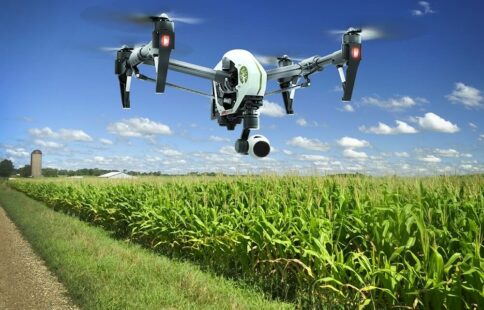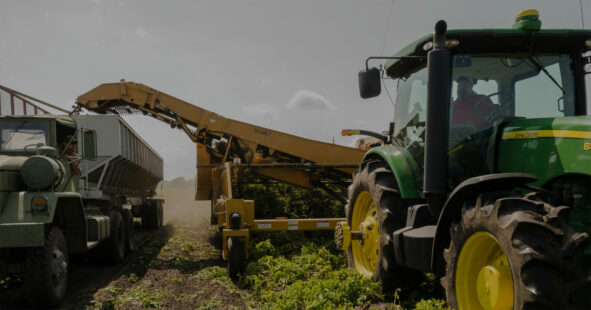
When one imagines a farmer in australia or an agricultural corporate leader, chances are that the picture is that of a man. This is because the majority of people around boardroom table in agriculture are still men, as is the typical stereotype of a farmer. This makes sense as up until 1994, where women were not recognised in Australian law as farmers, but they were recognised as ‘support workers’ to their male counterparts. Furthermore, this acknowledgment as a farmer or a leader in agriculture did not happen overnight. In fact, it has taken decades for women to ever get a seat at the boardroom table and there is still a long way to go until women are equally represented.
Opening up opportunities for women in agriculture is not only for the purpose of gender equity, but also for economic ststainability of the functioning industries. According to a report, published in 2015, Australia had fallen far behind other developed countries in its recognition of women in the farming sector. Due to this imbalance, the agricultural sector had been facing severe challenges from the environment and a decrease in trade. Since women consist of half the agricultural workforce, it is therefore a matter of urgency in order to maintain the sustainable future of the agricultural industry.
The government needs to initiate structural changes that encourage agricultural organisations and agribusinesses to prioritise women’s involvement at all levels. While Australia’s agricultural industry still has a way to go in achieving gender equity, it is happening. In honour of International Day of Rural Women, Farm Weekly is sharing stories of rural women who have cracked the glass ceiling, risen above gender discrimination, powered through tough times with resilience and tenacity to hold their families together and become leaders in their communities and within the Western Australian agricultural industry – keep an out eye for these stories in coming days – as well as in this week’s print edition.
These are the type of women who are making agriculture a better industry to work in for future generations – for women and men alike.

Grains and fertiliser producers are expected to post a strong performance in 2021, while wool producers will struggle. Following severe drought conditions over much of the prior three-year period, greater rainfall levels in key growing areas have improved crop yields. The expected level of output in 2020-21 is a near-record, second only to the highs […]
Read More →
HIGH TECHNOLOGY OPPORTUNITIES IN URBAN AUSTRALIA High-tech horticulture is being used in metropolitan locations around the world for a variety of reasons, including economic development. Community involvement and environmental advantages are two things that come to mind when thinking about this project. Vertical farm systems, container farms, and other similar systems are now being witnessed […]
Read More →
Fortunately for the agricultural sector, the Australian agriculture worker visa, also known as the ag visa, is a step closer to fruition, after the Federal Government amended the migration regulations. It has enabled it to be operationalized with a supporting program administered by the Department of Foreign Affairs and Trade. The minister for agriculture and […]
Read More →